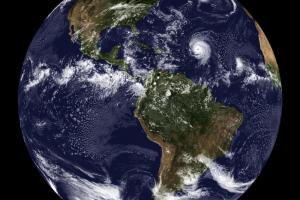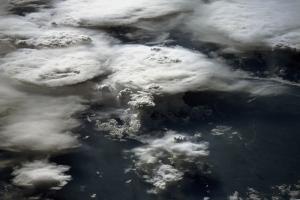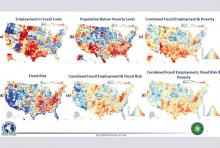Research

Theoretical studies of the greenhouse effect indicate that a rise in the level of the greenhouse gases will tend not only to warm the Earth’s surface and the lower atmosphere but also to cool the stratosphere. This cooling of the stratosphere is expected to affect the ozone layer by decreasing ozone destruction in equatorial regions and increasing ozone destruction in polar regions.

Current concerns about future climate change are driven in large part by the observational evidence that several long-lived greenhouse gases are increasing at significant rates. However, the detailed biogeochemical and physical knowledge of individual sources and sinks needed to explain quantitatively the greenhouse gas trends, and to project them accurately into the future, is lacking.

Concern about global change has focused attention on the temperature of the Earth’s surface-or, equivalently, the heat budget of the Earth’s surface. The effect of clouds on this heat budget is immense. The major radiatively active components of the atmosphere are water vapor and so-called layer clouds. The latter contribute to cooling by reflecting sunlight that otherwise would be absorbed by the surface, and contribute to heating by absorbing and re-emitting infrared radiation (essentially the greenhouse mechanism).

Water plays a central role in many of the physical, chemical, and biological processes regulating the global environment. It is the working fluid of the atmospheric heat engine, sculptor of the land surface, and agent of chemical element cycling. Finally, it is necessary and limiting for life. The effects on society of global climate change are likely to be associated most heavily with changes in the regional availability of water.

Understanding the circulation and CO2 biogeochemistry of the oceans is key to our ability to predict and assess the future evolution of climate. The ocean is important in the regulation of heat and moisture fluxes, and oceanic physical and biogeochemical processes are major regulators of natural atmospheric carbon dioxide (as well as being an important sink of fossil fuel CO2). The physics, chemistry and biology of the ocean are coupled since the oceanic CO2 cycle is controlled by the ocean circulation, the supply of sunlight, and major and trace nutrients delivered by the oceanic and atmospheric circulations.


